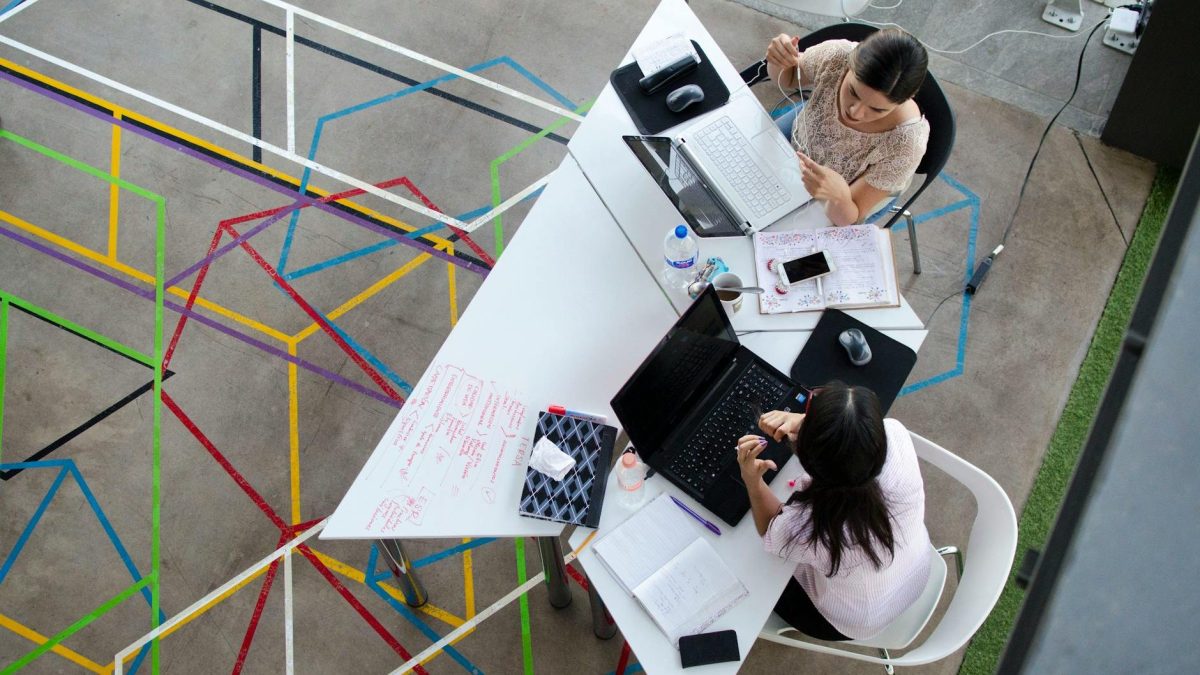It doesn’t matter if you’re Generation Y, Generation Z, a millennial or a baby-boomer, almost 80% of our society uses social media on a daily basis. We can use them simply for entertainment to view content from other people, media, influencers or friends, videos, photos and posts, although lately the least consumed is text. Another of the main uses is to stay connected with our friends, family or work colleagues.
When we connect virtually, do we also connect physically, how many virtual contacts do we really know, do we have all our friends, family, colleagues or acquaintances on social networks, do we know many people who do not use or like the virtual world? There are a number of questions we can ask ourselves when discussing digital connections with other people.
The origins of networking
In the past, the famous term ‘networking’ was used in the offices of international companies when they held face-to-face events and usually contacted top managers and widened their circle of contacts. A very American custom, which was used in Spain in the areas of sales, commercial agreements, for decades and not always with a good reputation, when talking about how commercial agreements were closed. But now it is the digital world that is in vogue.
In this new era, the digital has surpassed (in terms of time spent, frequency and convenience) the face-to-face, and although we should not stop meeting in person, hugging, toasting and greeting each other in person, as it is infinitely much more enriching, we should not miss the advantages and opportunities presented by the world of social networks.
LinkedIn: The social network of networking
The networking social network par excellence is LinkedIn, even though there are people who don’t like it, because they don’t understand it, because they think it is only useful for having a public profile to get a job, and little else.
I am a loyal supporter of this social network, which has become my favourite for almost a decade, because of the time I use it, the interest it generates, the people I contact and all the opportunities it has given me so far. Nobody could have told me a decade ago that I would sometimes be called ‘influencer’ or ‘guru’.
And although I don’t like these two terms at all, since ‘influencer’, as I understand it, are the people who influence others to make decisions, and I think it should be politicians, artists and journalists and ‘gurus’, I simply associate it with ‘selling smoke’, a term I learnt and used before joining Telefónica when I was studying for a master’s degree in marketing management at Autónoma University of Madrid.
My experience
If they want to sell me something on LinkedIn, I am not their person, because as I have explained hundreds of times over the years, I do not have a relevant position to make decisions when it comes to choosing a digital marketing tool, nor can I pass my CV to human resources as many try to do, even making it clear in several posts I have published. Fortunately, I don’t get many CVs from digital marketing tools any more. This happened to me several years ago when I reached the figure of 30,000 contacts (being the maximum of this network), although in numbers it is not a success and the important thing is the quality of these, I got it in large part, thanks to the visibility I had with the position of ‘Community Manager’ of Movistar.
On many occasions I was interviewed starting the interview as ‘Sergio Lax, the Community Manager of Movistar’ and I always had to make it clear that I was just part of a great team in which we all published in the different social networks and also attended to customers in front mode (first attention) and in back mode (in second instance in complaints and breakdowns) there was another great team behind us that gave us support as happens in the different channels of attention in Movistar.
In short, I encourage everyone to use LinkedIn, to share posts about your day-to-day work: achievements, events you have attended, and to connect with people, either from your company, your sector, or sectors that may be of interest to you. There are many sector studies, events, courses both online and in person. People tend to share very interesting content in a professional and personal way.
When you have several posts published, I recommend starting with one a week, and if you like to publish content, you can post up to 2 or 3 a week, and you will see how little by little, you are getting results, and a digital brand image, which may be important for a personal or professional opportunity in the future, and connect with like-minded people with whom you can possibly connect in person, which is the best way of networking, which is still desvirtualizarse taking a coffee or a coke either with one person and informally or in a group and organizing with some time.
My advice
Above all, the advice I usually give for virtual and personal connections is to always be yourself, that is, be authentic, and not get carried away by fads or try to look like someone you are not, or just act to please others, and if you get it, and keep it over time, you will see how that message and that way of being and communicating, will permeate in your people and new people you can meet in social networks or in person.
